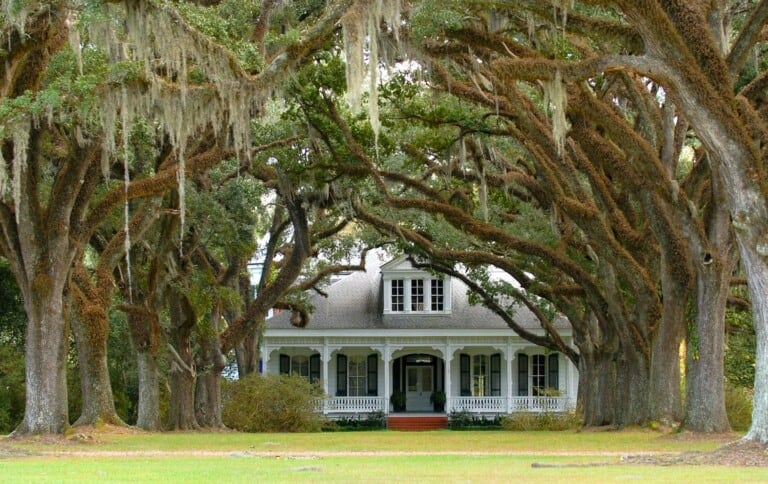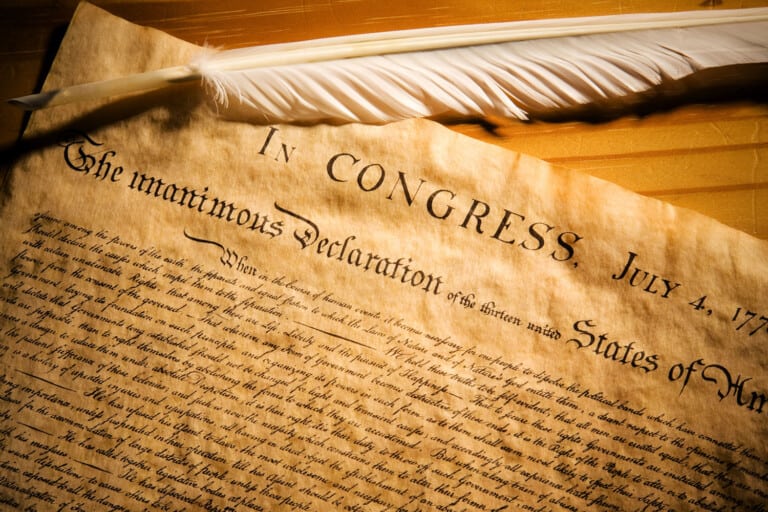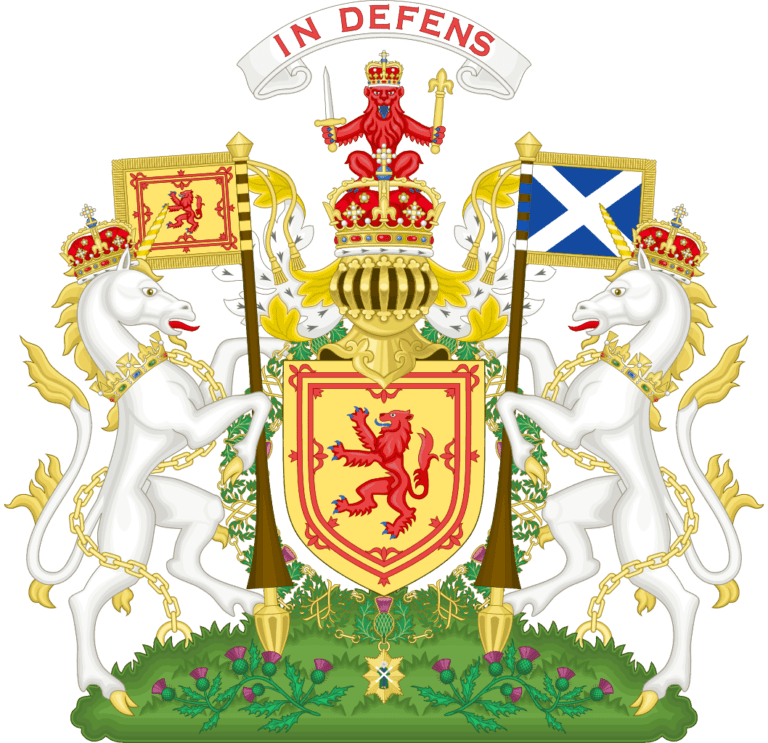Introduction
The South had developed a unique society and a sense of Southern nationalism. The conflict with the North and the secession were an attempt to create an independent nation.
Also a contrast, the South had developed a class system whereas the North was characterized by a social structure.
Antebellum South
A Southern ideology – based on aristocracy – justified slavery. Many (crazy) explanations were put forward like: “the African race is biologically inferior” or “physically and mentally under-developed”.
Through slavery, they could adjust to a better kind of life, and be taught new morals and the “true religion”. All that was part of the Southern ideology: “Some people must work and sweat to provide those in charge with leadership”.
Southern society is hedonistic when the North advocates the Puritan ethic (moral – virtue – hard work, according to the Bible).
After 1830, abolitionist societies began violent campaigns against slavery. Garrison was an extremist abolitionist who printed/invented sensational stories about how cruelly black slaves were treated in the South.
Slaveholders were depicted as monsters and, in the North, slavery was seen as a sin against God (move on to the religious ground). Garrison wanted the “purification of the Nation from the guilt of slavery”.


